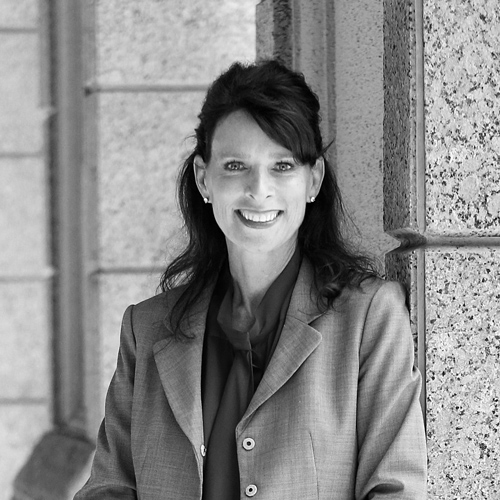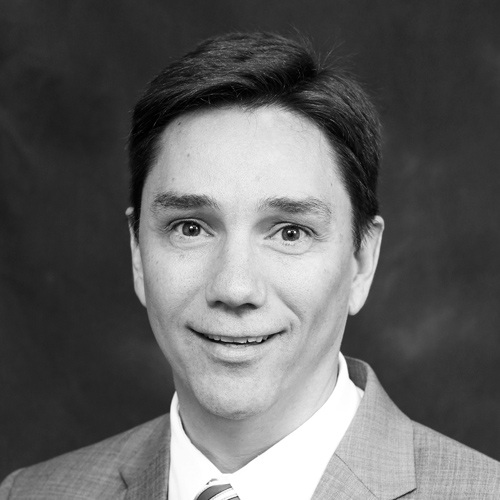Bob Kenney is skilled at putting things together. More specifically, he has shown his skill at putting together a strong global supply chain for Teradyne, a Boston-based leader in automation equipment and industrial applications. It’s Kenney’s job to make sure that every link in the chain is strong—and it seems to be working. In 2016, the company earned $1.75 billion in revenue and employed about 4,300 people around the world.
Teradyne is poised to enjoy even more growth in the coming years, and this is largely thanks to Kenney’s ability to seamlessly incorporate three new acquisitions into the company’s global supply chain. In 2008, it added Eagle Test, which made equipment that inspects chips in digital cameras, digital music players, and cellphones. That same year, Teradyne acquired Nextest, a maker of automatic test equipment for flash memory and system-on-chip semiconductors.
There were changes to be made with these new acquisitions. Kenney shifted the production of these new product lines to Asia, choosing a Malaysian contract manufacturer who helps manage lead times and prices over time. Deals like these are possible thanks to Kenney’s work in the early 2000s to shift 90 percent of the company’s supply chain from the United States to Asia.
“The reason we did it is 80 percent of the end product we ship is consumed in Asia,” says Kenney, who joined Teradyne right out of college and has held every supply chain operations job at the company. “We wanted to get closer to our customers. When we did, it happened to save us millions of dollars and improve our responsiveness to them.”
It was no small feat. Kenney had to spend several years going to and from Asia to identify prospects, establish relationships, and open international procurement offices in China and Singapore. In the end, Kenney helped Teradyne consolidate its spending from 1,200 US-based suppliers to forty-five international suppliers. This has allowed the company to create the strategic relationships necessary to enable a responsive and efficient supply chain.
To streamline the process and ensure quality, the company partnered with a large contract manufacturer, Flextronics, using its global reach, size, and name to get Teradyne into China. “We set up a world-class manufacturing process that produces more products of higher quality than we were ever able to do here,” Kenney explains.
Maintaining that quality required a significant investment in processes, tools, and people in the local region to support the local contract manufacturer. Now, virtually every new piece of Teradyne equipment is assembled in Asia, and Kenney says that the company also uses a contract manufacturer in Malaysia, in order to spread risk and create competition with its Chinese contract manufacturer.
As production in Asia ramped up, Kenney addressed Teradyne’s logistics management to maintain its new operations there and support further growth. “Before Asia, we shipped everything off the back dock here in Massachusetts,” Kenney says. “That was the extent of our knowledge of global logistics. We didn’t know anything about it and didn’t have the systems in place to handle it.”
The knowledge he has gained about global logistics set Kenney up to manage Teradyne’s most recent acquisition: Denmark-based Universal Robots, which produces collaborative robots. These “cobots” are low-cost, easy-to-deploy robots that work side by side with production workers to increase quality and manufacturing efficiency.
Kenney sees a lot of potential in Universal Robots. In addition to the business continuity analysis that he has done for that acquisition, Kenney has also researched the forward-looking capacity and risk protection for the company because of its explosive growth potential. Universal Robots will remain based in Denmark, Kenney says, but Teradyne’s continuing expansion is still under consideration.
“Most likely, it will be somewhere in Asia, but there are lots of considerations in today’s world, from taxes and geopolitical risk to IP risk,” Kenney explains. “That decision will take place over the next year or two. Who knows in this political climate? We might expand in Europe or the United States. The future is dynamic.”
A crucial part of Kenney’s most recent work is the strong relationship that he has established with the engineering department at Teradyne. Although it’s not unusual for a supply chain executive to be involved with product design, the extent of Kenney’s influence is unique. Every time Teradyne develops new innovative equipment, Kenney has a hand in choosing suppliers for the project.
“If we can’t use an existing supplier, we will go with engineering to find a technical solution together so we’re picking someone of some scale,” Kenney explains. “Our business in general is pretty volatile. You need a supplier that has some financial muscle.”
There are a number of factors that Kenney weighs in supplier negotiations up front. Given that these relationships can last anywhere from ten to fifteen years or more, Kenney insists on provisions that ensure suppliers can’t terminate their contracts early for their own convenience. He also makes sure that communication terms are spelled out to minimize IP risk.
The results are supplier contracts that set the tone for or continue strong supplier relationships. That network continues to grow. Thanks to Kenney’s talent for relationship building and his eye for detail, every link in Teradyne’s new supply chain is as strong as ever.
Plexus Corp. is a proud partner of Teradyne as they continue to supply leading automation equipment for test and industrial applications. As their partner, Plexus delivers optimized solutions through a customerfocused service model that seamlessly integrates product conceptualization, design, commercialization, manufacturing, fulfi llment, and sustaining services. For more information, visit www.plexus.com.

